Gasoline Engine Concrete Poker Vibrator Power Concrete
product DETAILS


product description
The gasoline backpack type concrete vibrating rod is a commonly used equipment in the construction industry, mainly used for compacting operations during the concrete pouring process. It removes air bubbles in the concrete through vibration, improving the density and strength of the concrete. These types of vibration rods are mainly divided into several different types, and are classified according to different standards as follows:
1. Classified by power source:
Gasoline power: Directly using small gasoline engines as power sources, suitable for outdoor or construction sites with insufficient electricity.
Electric motor power: Using an electric motor as the power source usually requires connecting to a power source, suitable for environments with sufficient power supply.
Classified by vibrating rod structure:
Insertion type vibrating rod: The rod body is inserted into concrete for vibration, which is the most common type.
Attachment type vibrating rod: The vibrator is attached to the outer side of the template, and the internal concrete is compacted by vibrating the template.
Flat plate vibrator: used for flat surface concrete, such as floors, floors, etc.
• Classified by operation method:
• Handheld: The operator holds a vibrating rod for operation.
Backpack: The operator carries the power part and holds a vibrating rod for operation, reducing the burden on the arm and making it suitable for long-term work.
The usage method of gasoline backpack type concrete vibration rod is roughly as follows:
1. Check the equipment: Before use, ensure that all components of the gasoline engine vibration rod are intact and undamaged, including the vibration rod, hose, gasoline engine, etc., and check if the fuel and lubricating oil are sufficient.
2. Start the gasoline engine: According to the operation manual of the gasoline engine, start the machine to ensure that the gasoline engine runs normally.
3. Insertion into concrete: Slowly insert the vibrating rod into the concrete, usually at a depth not exceeding 3/4 of the rod length, to avoid touching the steel bars or formwork.
4. Vibration operation: Turn on the vibration rod and start vibrating the concrete. During operation, the rod should be kept vertical, avoiding tilting, and slowly moving to ensure uniform and dense concrete.
5. Remove the vibration rod: When the concrete surface in the vibration area begins to show slurry and there are no obvious bubbles, gradually remove the vibration rod to avoid forming holes.
6. Turn off the gasoline engine: After completing the vibration in one area, turn off the gasoline engine and prepare for the next work point.
7. Maintenance: After use, clean the equipment, check and replenish fuel and lubricating oil to ensure normal use next time.
Attention should be paid to safety during use, and appropriate personal protective equipment such as gloves, goggles, etc. should be worn to avoid direct contact with vibration rods and high-temperature components generated by gasoline engines. Meanwhile, follow the operating guidelines and safety regulations provided by the equipment manufacturer.
1. Classified by power source:
Gasoline power: Directly using small gasoline engines as power sources, suitable for outdoor or construction sites with insufficient electricity.
Electric motor power: Using an electric motor as the power source usually requires connecting to a power source, suitable for environments with sufficient power supply.
Classified by vibrating rod structure:
Insertion type vibrating rod: The rod body is inserted into concrete for vibration, which is the most common type.
Attachment type vibrating rod: The vibrator is attached to the outer side of the template, and the internal concrete is compacted by vibrating the template.
Flat plate vibrator: used for flat surface concrete, such as floors, floors, etc.
• Classified by operation method:
• Handheld: The operator holds a vibrating rod for operation.
Backpack: The operator carries the power part and holds a vibrating rod for operation, reducing the burden on the arm and making it suitable for long-term work.
The usage method of gasoline backpack type concrete vibration rod is roughly as follows:
1. Check the equipment: Before use, ensure that all components of the gasoline engine vibration rod are intact and undamaged, including the vibration rod, hose, gasoline engine, etc., and check if the fuel and lubricating oil are sufficient.
2. Start the gasoline engine: According to the operation manual of the gasoline engine, start the machine to ensure that the gasoline engine runs normally.
3. Insertion into concrete: Slowly insert the vibrating rod into the concrete, usually at a depth not exceeding 3/4 of the rod length, to avoid touching the steel bars or formwork.
4. Vibration operation: Turn on the vibration rod and start vibrating the concrete. During operation, the rod should be kept vertical, avoiding tilting, and slowly moving to ensure uniform and dense concrete.
5. Remove the vibration rod: When the concrete surface in the vibration area begins to show slurry and there are no obvious bubbles, gradually remove the vibration rod to avoid forming holes.
6. Turn off the gasoline engine: After completing the vibration in one area, turn off the gasoline engine and prepare for the next work point.
7. Maintenance: After use, clean the equipment, check and replenish fuel and lubricating oil to ensure normal use next time.
Attention should be paid to safety during use, and appropriate personal protective equipment such as gloves, goggles, etc. should be worn to avoid direct contact with vibration rods and high-temperature components generated by gasoline engines. Meanwhile, follow the operating guidelines and safety regulations provided by the equipment manufacturer.

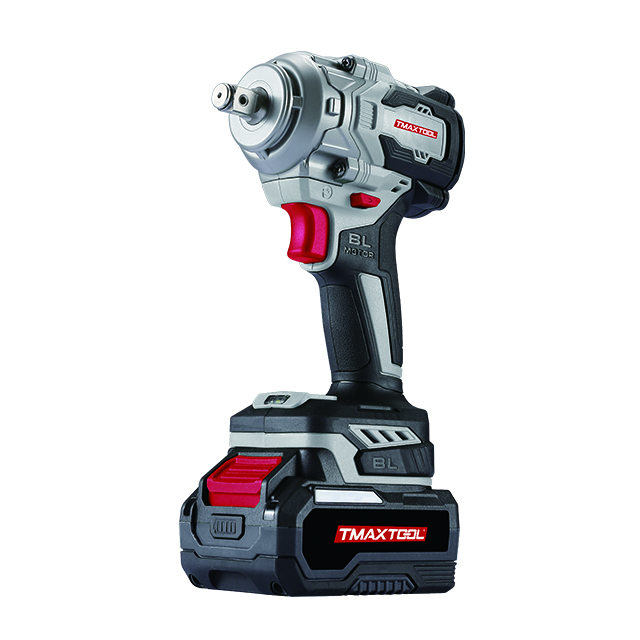 Impact Wrench
Impact Wrench
 Screwdriver
Screwdriver
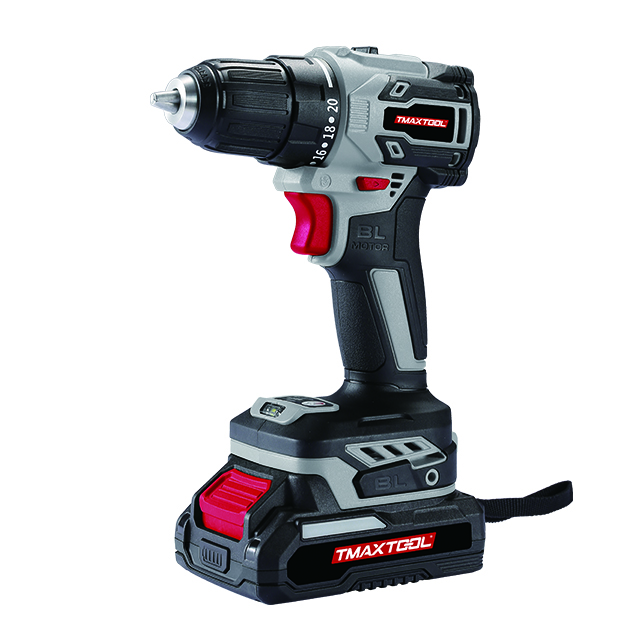 Cordless Drill
Cordless Drill
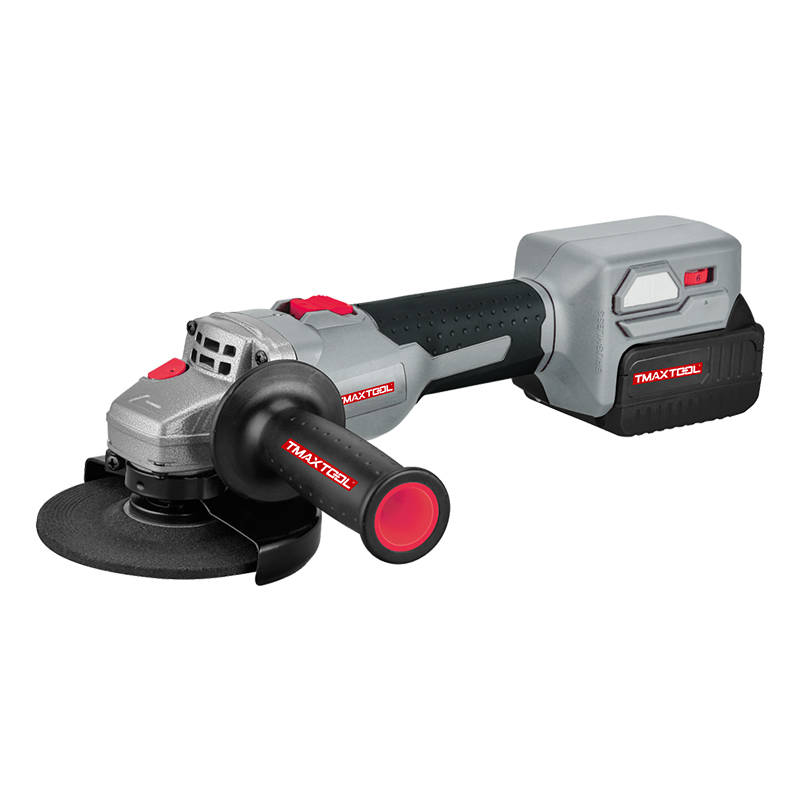 Angle Grinder
Angle Grinder
 Polisher
Polisher
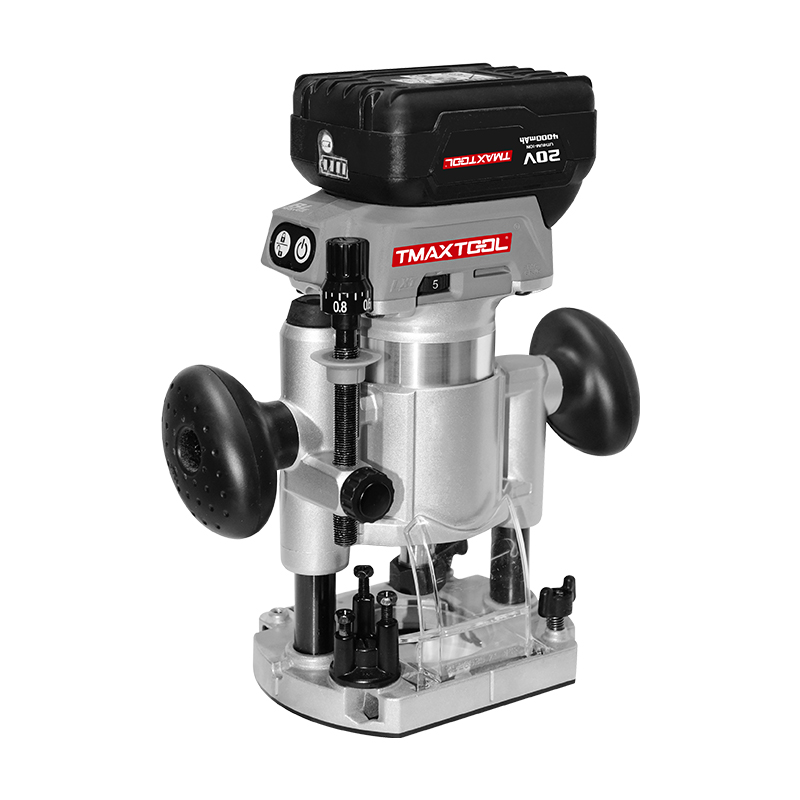 Wood Router
Wood Router
 Jig Saw
Jig Saw
 Hammer Drill
Hammer Drill
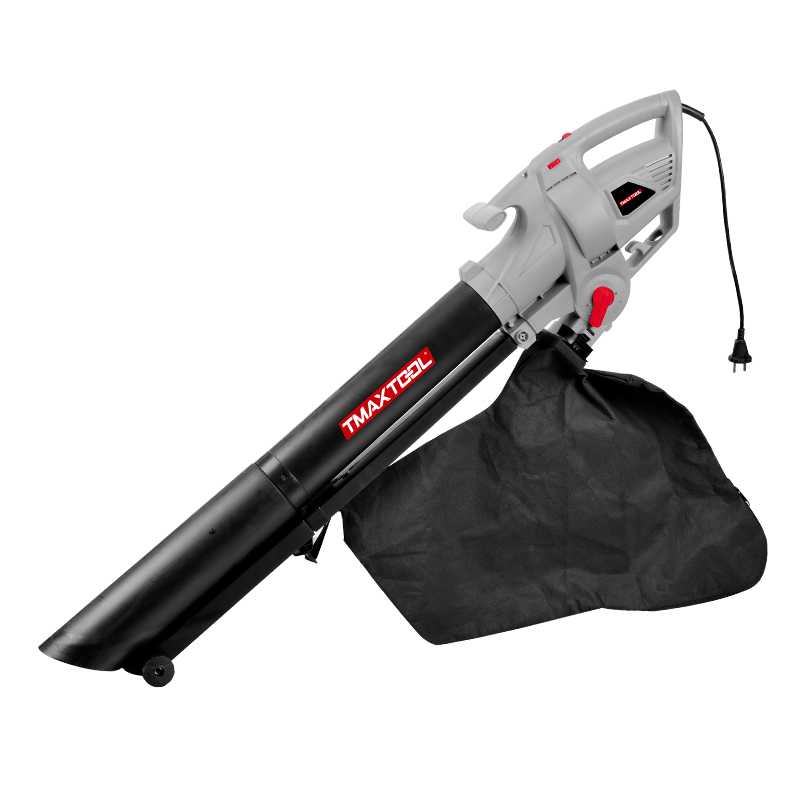 Portable Blower
Portable Blower
 Orbital Sander
Orbital Sander
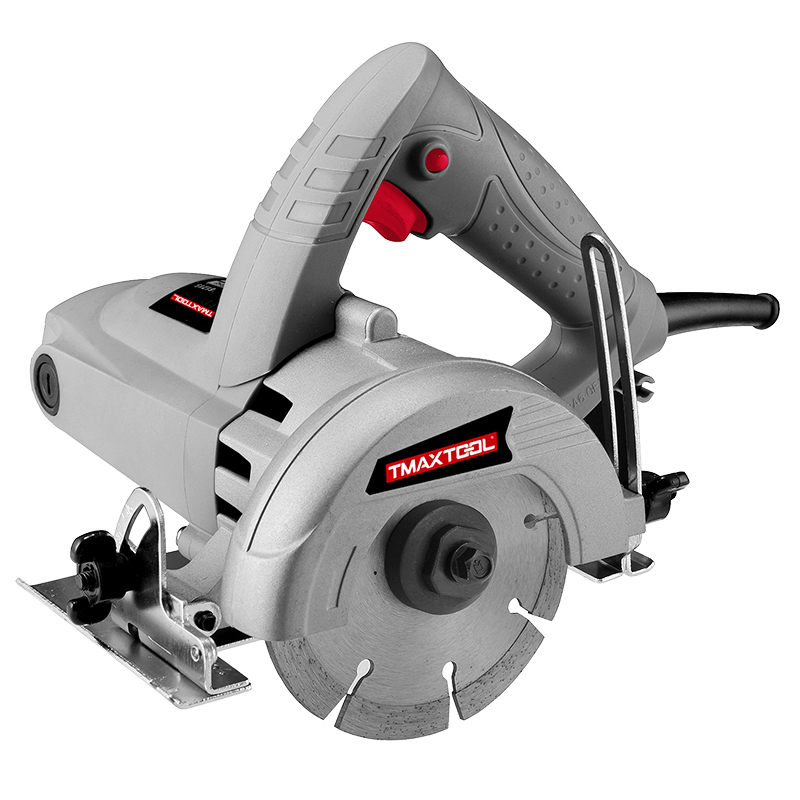 Marble Cutter
Marble Cutter
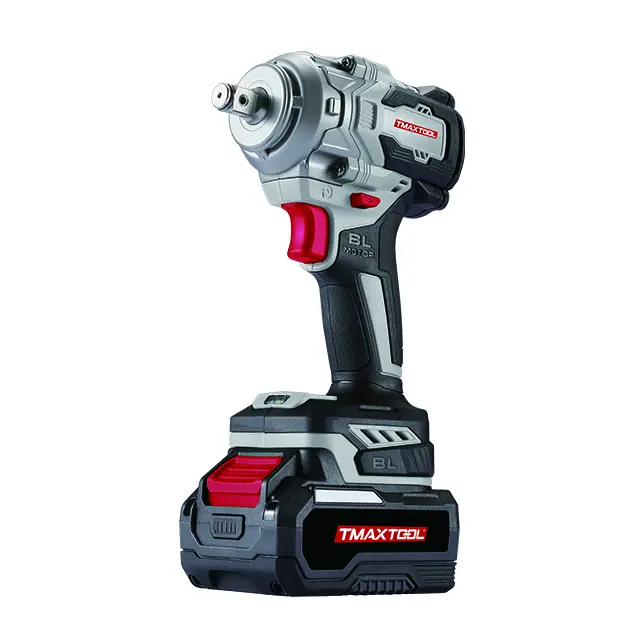 GARDEN TOOLS
GARDEN TOOLS
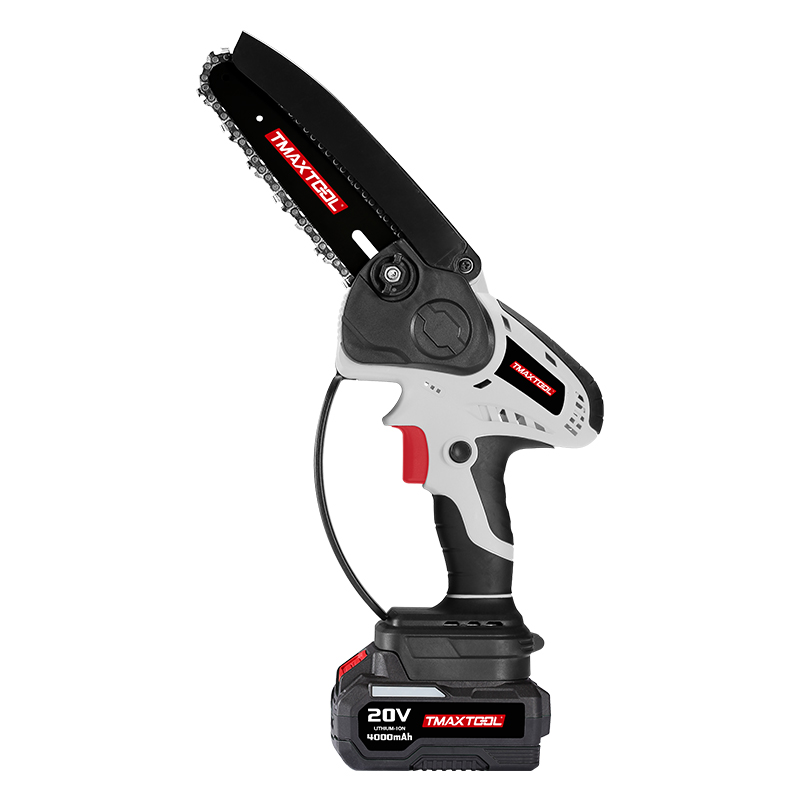 Battery Chain Saw
Battery Chain Saw
 Battery Brush Cutter
Battery Brush Cutter
 Battery Hedge Trimmer
Battery Hedge Trimmer
 Battery Multi Tool
Battery Multi Tool
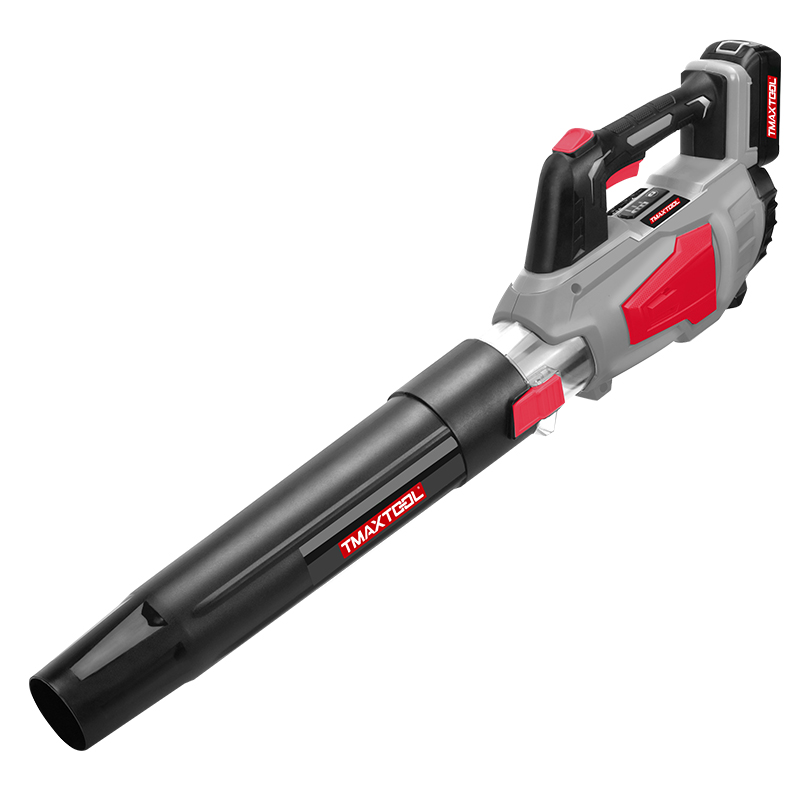 Battery Blower
Battery Blower
 Batter Pruning Shears
Batter Pruning Shears
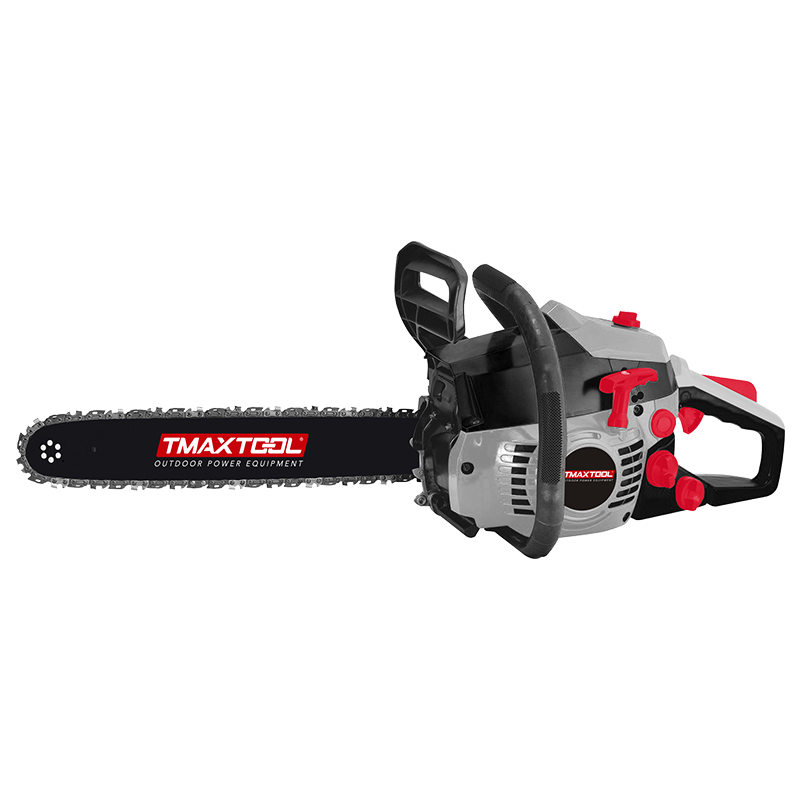 Chain Saw
Chain Saw
 Brush Cutter
Brush Cutter
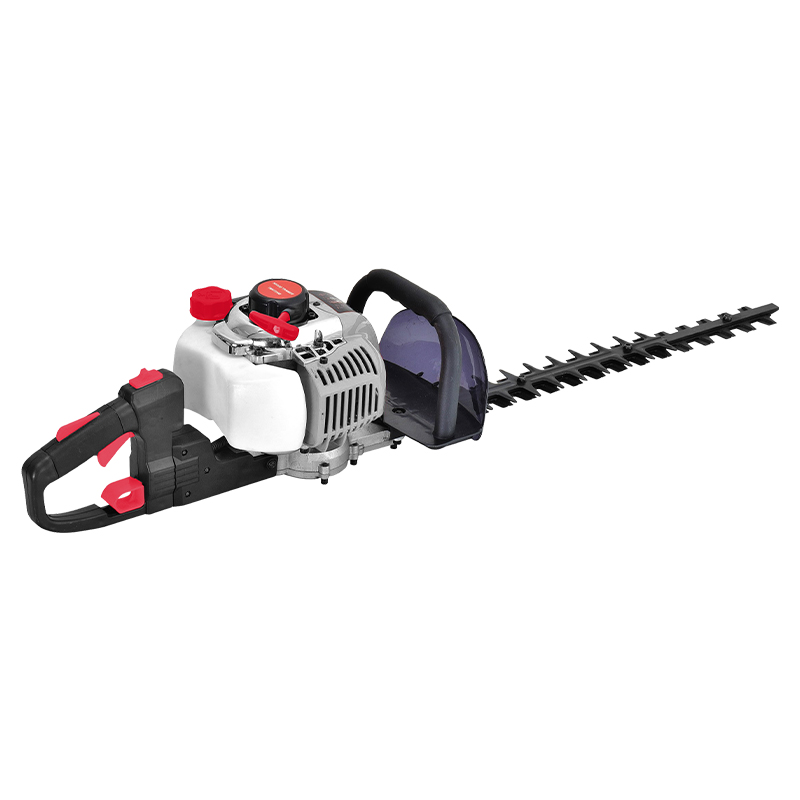 Hedge Trimmer
Hedge Trimmer
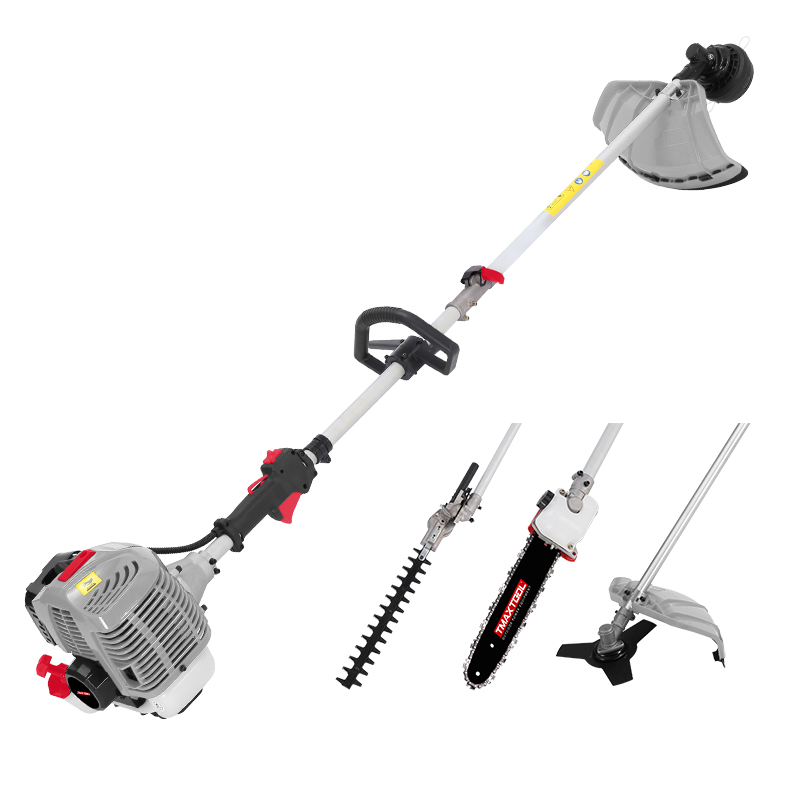 Multi Tool
Multi Tool
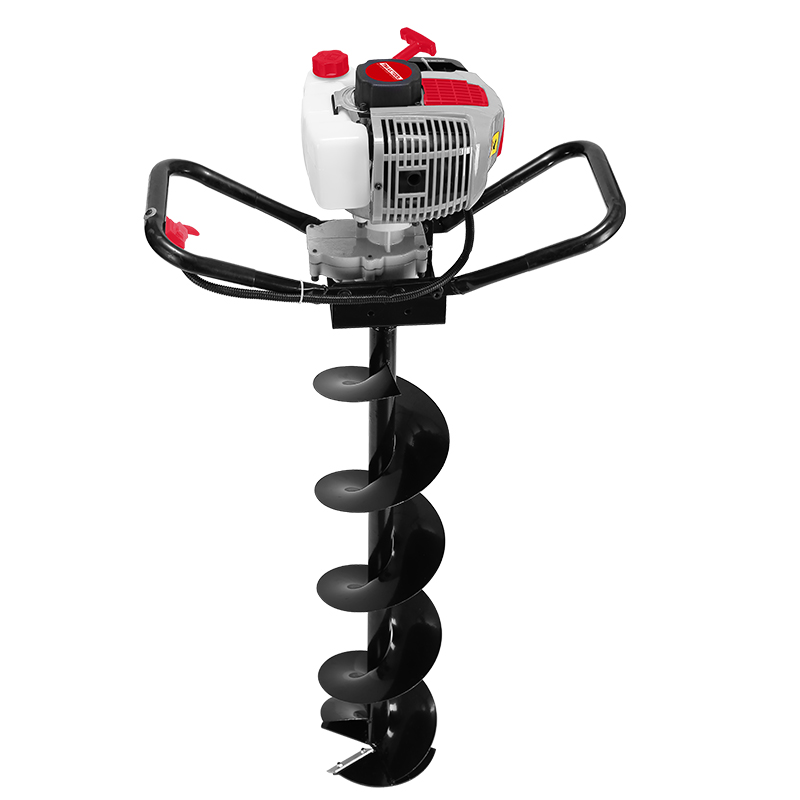 Earth Auger
Earth Auger
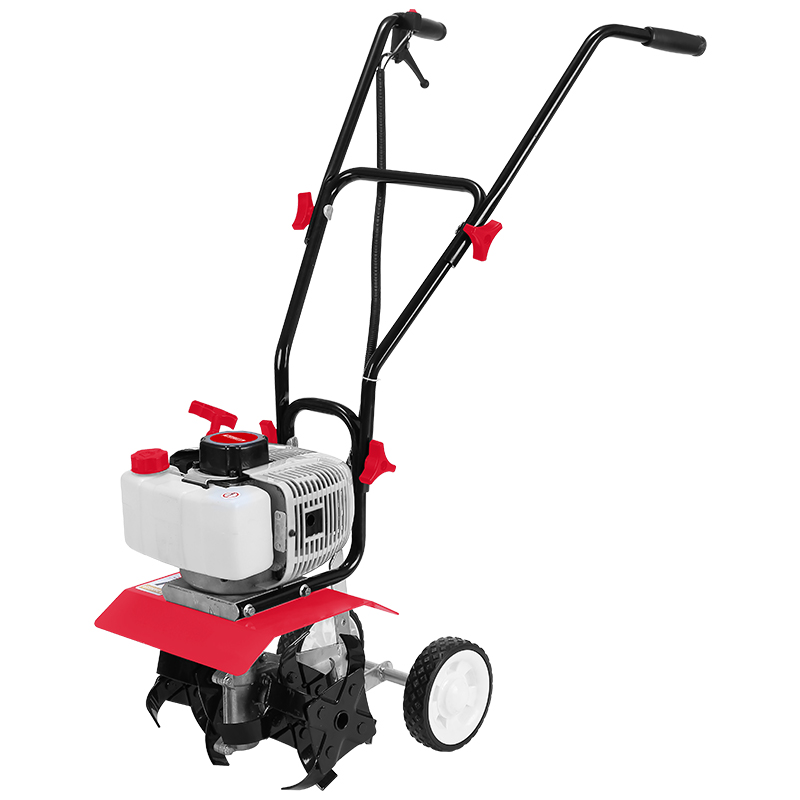 Tiller
Tiller
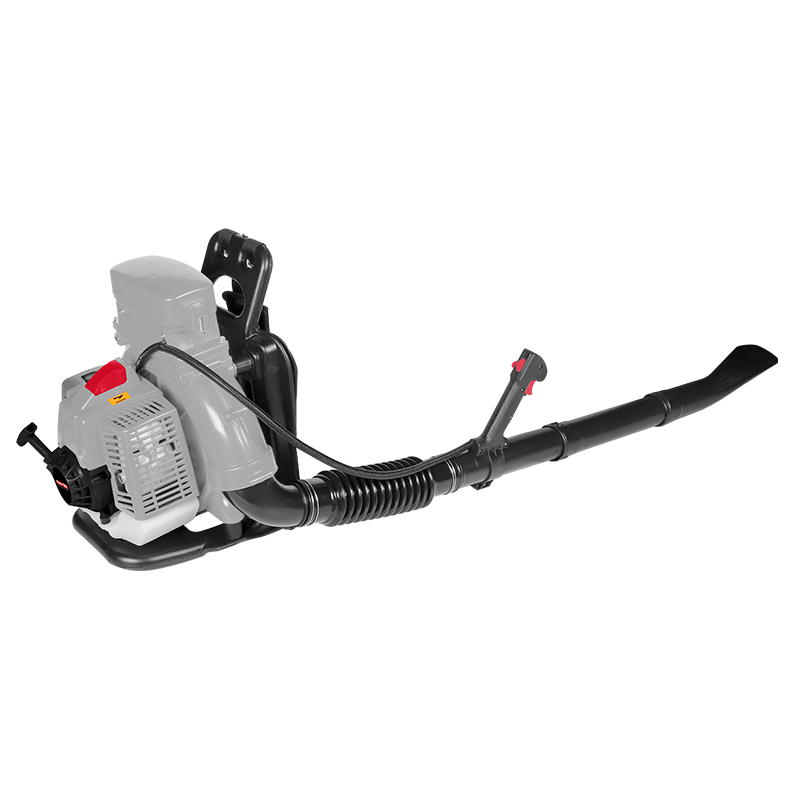 Blower
Blower
 4 Stroke Gasoline Engine
4 Stroke Gasoline Engine
 Generator
Generator
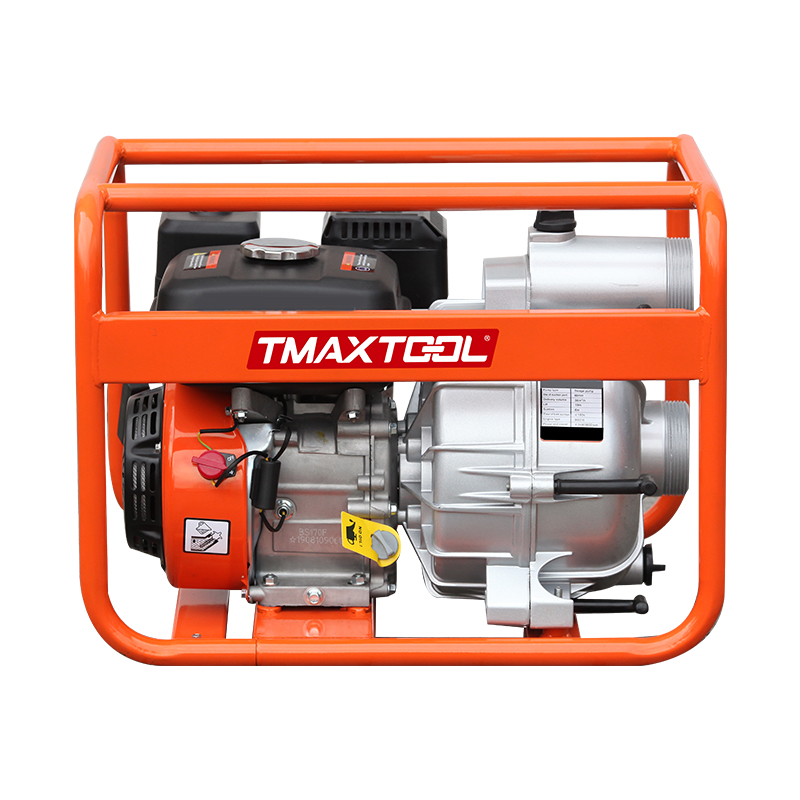 Water Pump
Water Pump
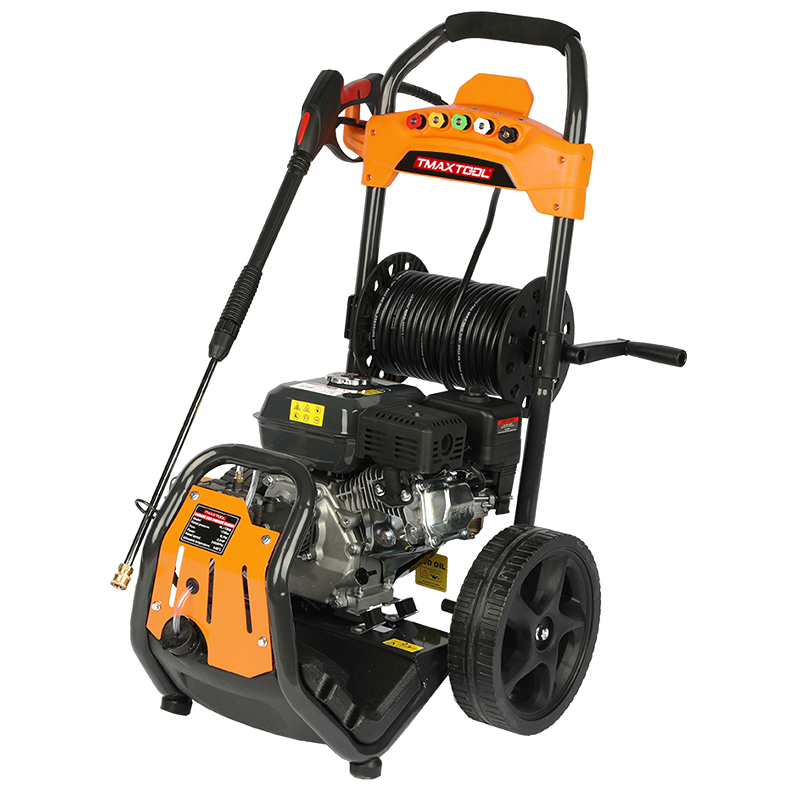 High Pressure Washer
High Pressure Washer
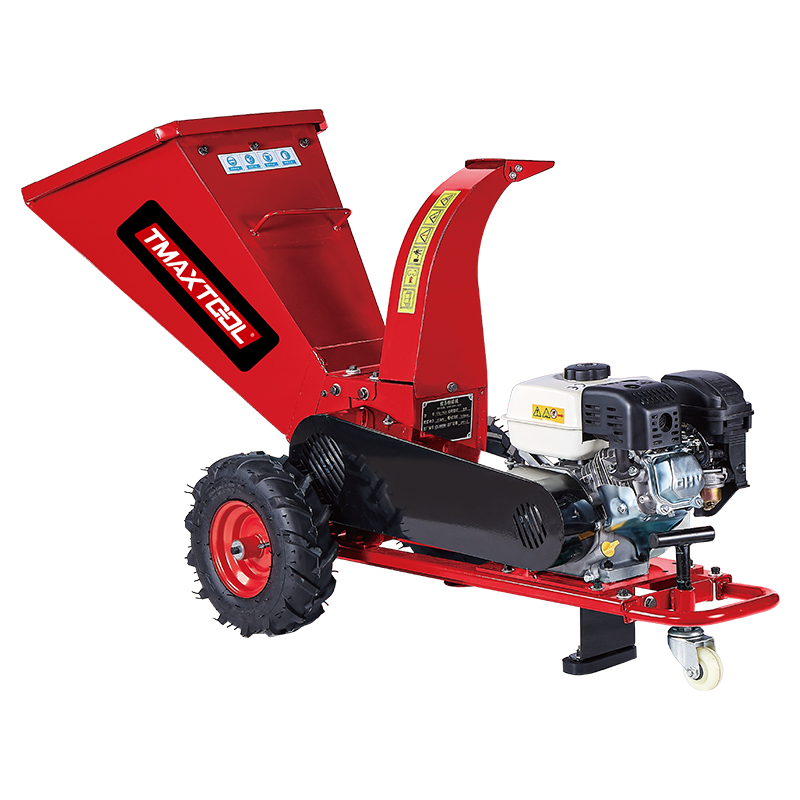 Wood Cutter
Wood Cutter
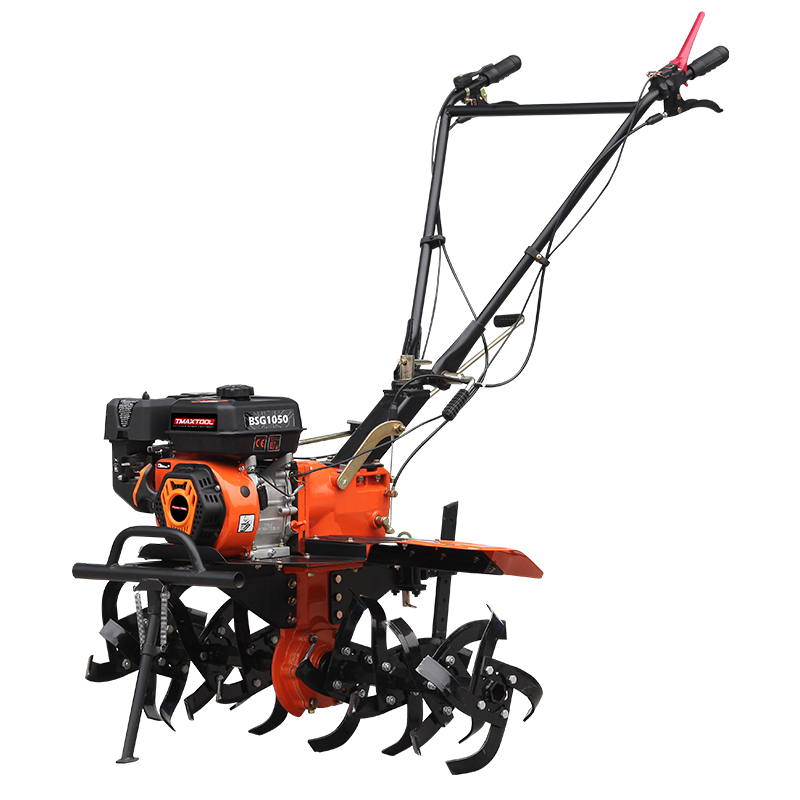 4 Stroke Tiller
4 Stroke Tiller
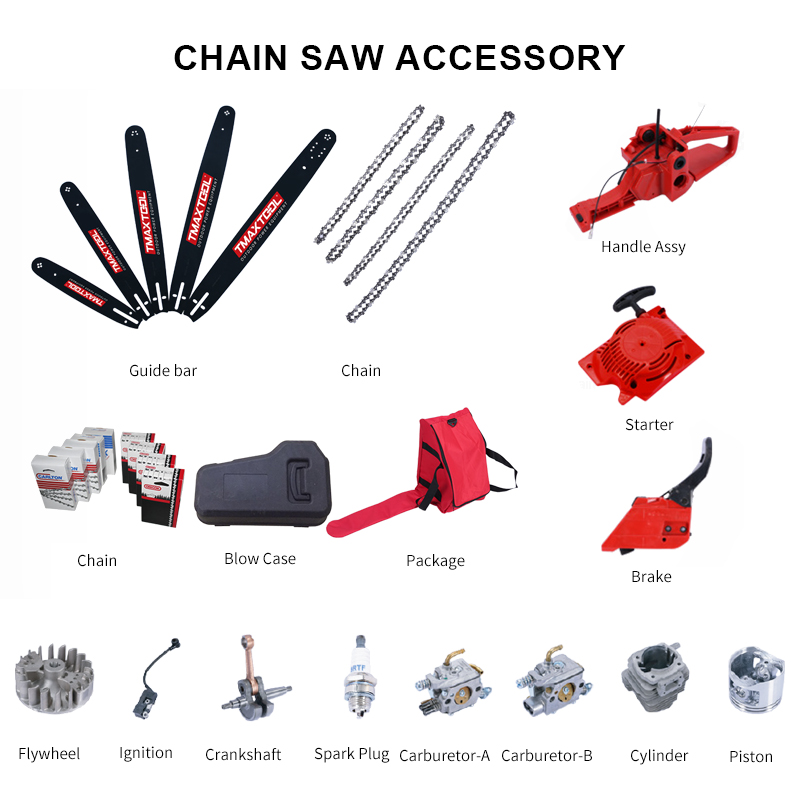 Chain Saw Accessory
Chain Saw Accessory
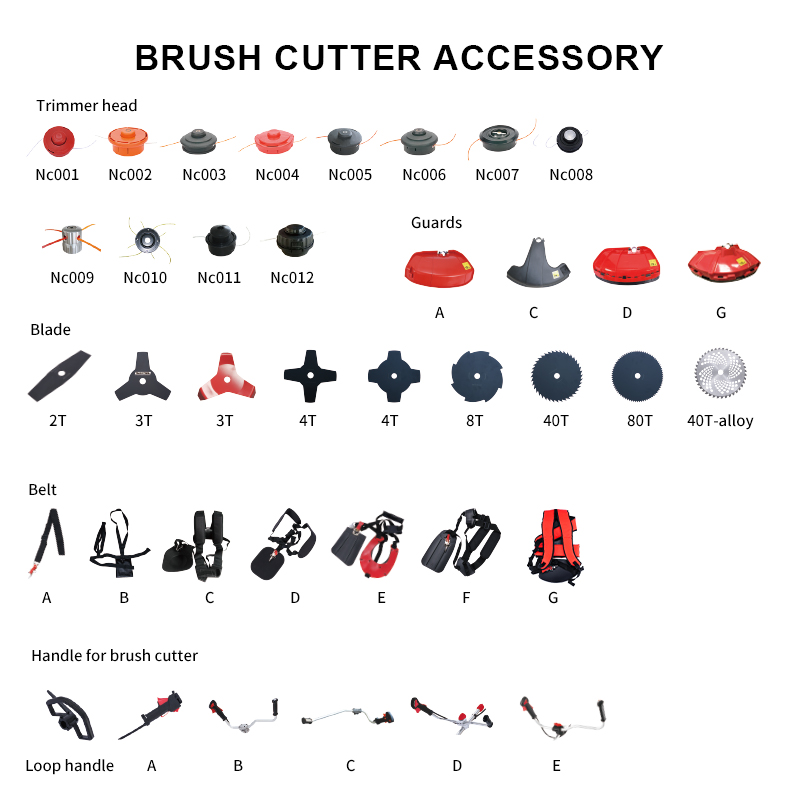 Brush Cutter Accessory
Brush Cutter Accessory
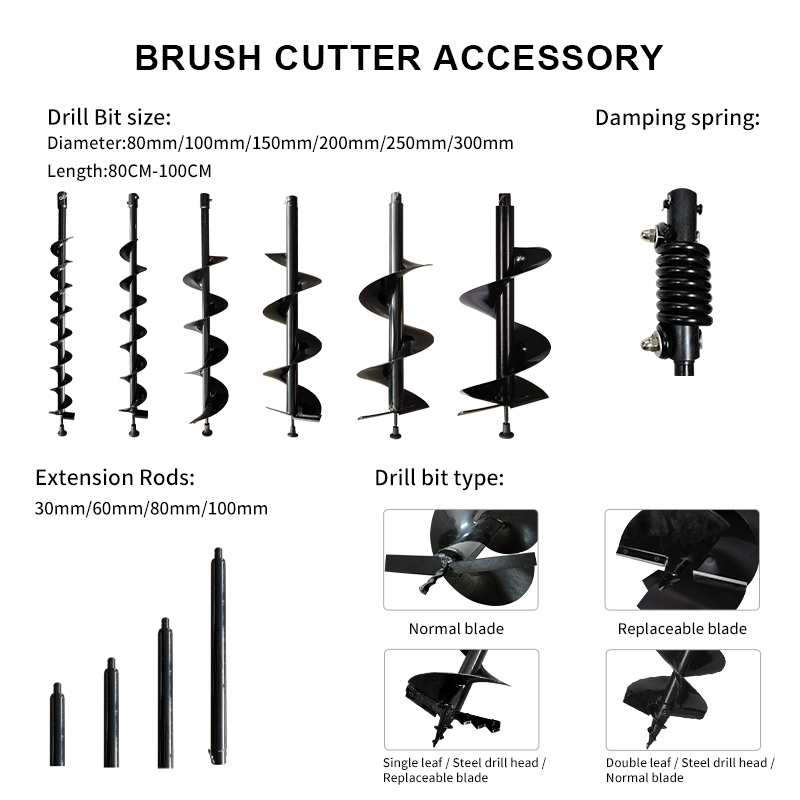 Earth Auger Accessory
Earth Auger Accessory
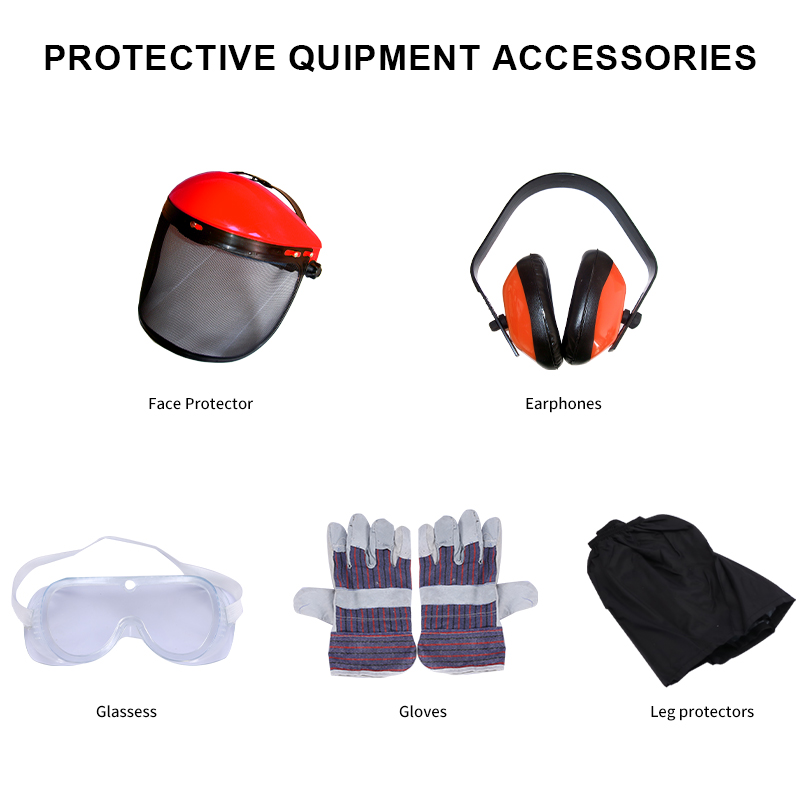 Protective Equipment Accessories
Protective Equipment Accessories














